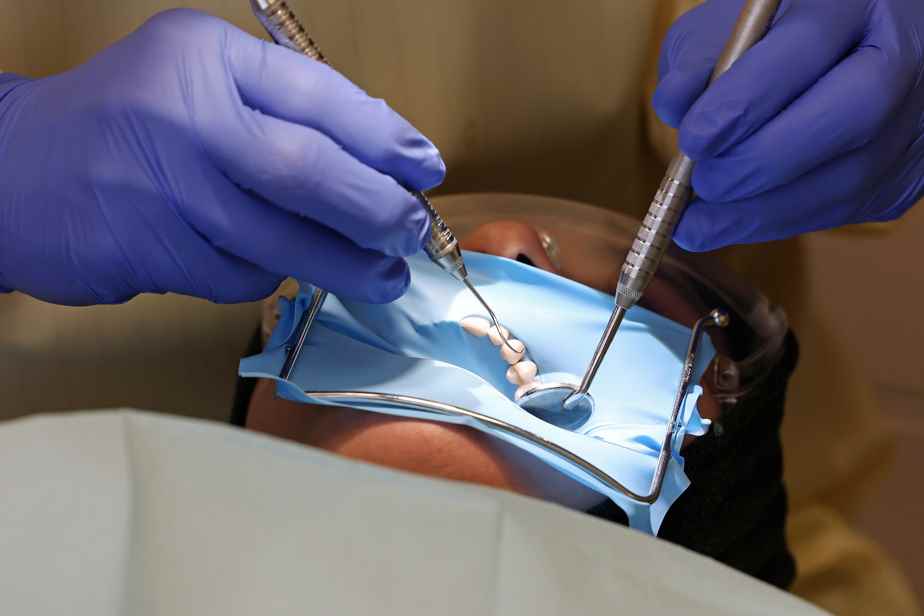(OTTAWA) Sources close to the federal government’s proposed $5.3 billion dental program say the Liberals are considering a temporary solution that would pay money directly to patients, to fulfill the promise made to the NDP during that they are working on a more permanent response.
Posted at 3:34 p.m.
Updated at 6:22 p.m.
The Liberals promised the New Democratic Party (NDP) last March a new dental program for low- and middle-income families, as part of a “support and confidence agreement”, to allow the Liberal minority government to remain in office until 2025, if possible.
The government has until the end of the year to offer some form of coverage to children under 12 with family incomes under $90,000, or the NDP has promised to pull out of the deal .
Four sources familiar with the matter, but who are not authorized to speak publicly, say the government is unlikely to be able to meet its deadline and that until the program comes into effect permanently, it is planning an interim solution.
While details are sketchy, sources say that this temporary solution would be to pay eligible families directly the money needed to fund their dental care while the government works on a more permanent, expanded program.
In a written statement, the office of Health Minister Jean-Yves Duclos neither confirmed nor denied the establishment of a temporary plan. However, it is reported that the department was on track to meet the government’s commitment to dental care, as set out in the agreement with the New Democrats.
NDP Health Critic Don Davies also did not address this “temporary plan” directly, but said in a written statement that his party had “identified several ways to ensure target groups can timely access to dental care”.
The NDP will now focus its efforts on pushing the Liberals to introduce a dental care bill when Parliament resumes in the fall, Davies said.
“This bill will provide the resources needed to help children under 12 see a dentist and take care of their teeth starting this year,” he said.
NDP Leader Jagmeet Singh last week echoed the health minister’s promise to meet the deadline. “We are very confident that we can achieve this before the end of the year, as provided for in our agreement,” declared Mr. Singh at a press conference on Thursday.
Privately administered?
The political agreement does not specify how coverage is to be provided, and the government has not yet committed to a particular way of administering the dental program.
Minister Duclos’ office has repeatedly stated that the department is considering several scenarios to meet its year-end commitment and target.
Originally, the NDP wanted a federal program that would operate in the same way as the federal First Nations and Inuit Non-Insured Health Benefits program.
Ottawa could also offer money to the provinces and territories to take over this program, since several already offer similar programs – and dental care has traditionally fallen within their constitutional jurisdiction.
For its part, the Liberal government launched an official “request for information” two weeks ago to members of the insurance industry to explore the role that the private sector could play in the administration of the federal program.
In the RFI, which closes August 22, the government says if a contract is awarded, the winning company will have six months to prepare before it can process claims. This deadline would therefore be impossible to meet before the target of the end of December provided for in the agreement.
According to the statement from Mr. Duclos’ staff, senior officials are still consulting on the best way forward.
The Liberals have promised to expand the program to eligible teens, seniors and people with disabilities next year, then to everyone else in the eligible family income bracket by the end of the deal with the newcomers. -Democrats, in 2025.
The government has set aside $5.3 billion over five years for this program, but the Parliamentary Budget Officer estimates that this envelope would be more than double that, or $9 billion.
Once the program is fully implemented, the government projects in its most recent budget that it will cost about $1.7 billion a year to operate, which matches the Parliamentary Budget Officer’s estimate.
